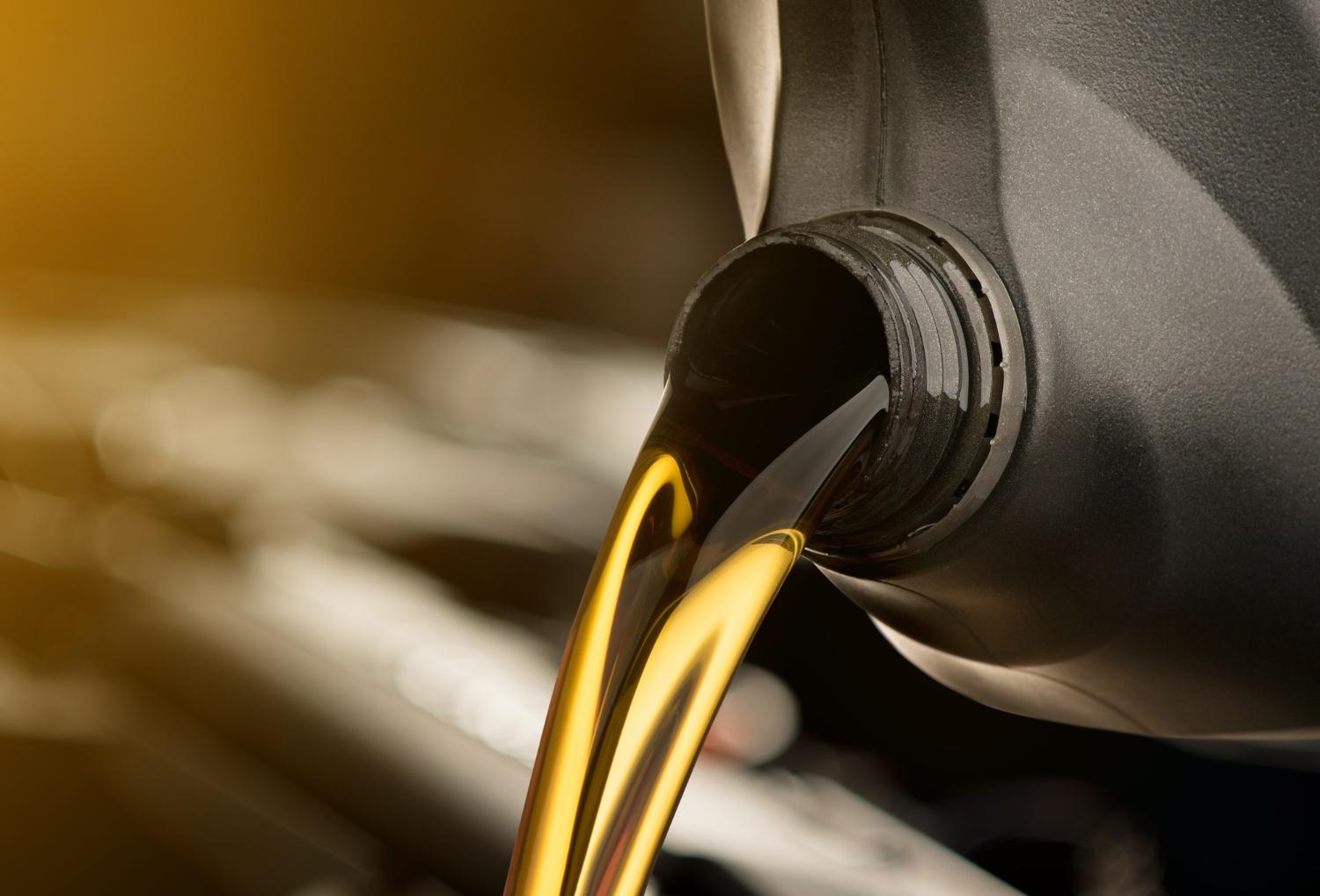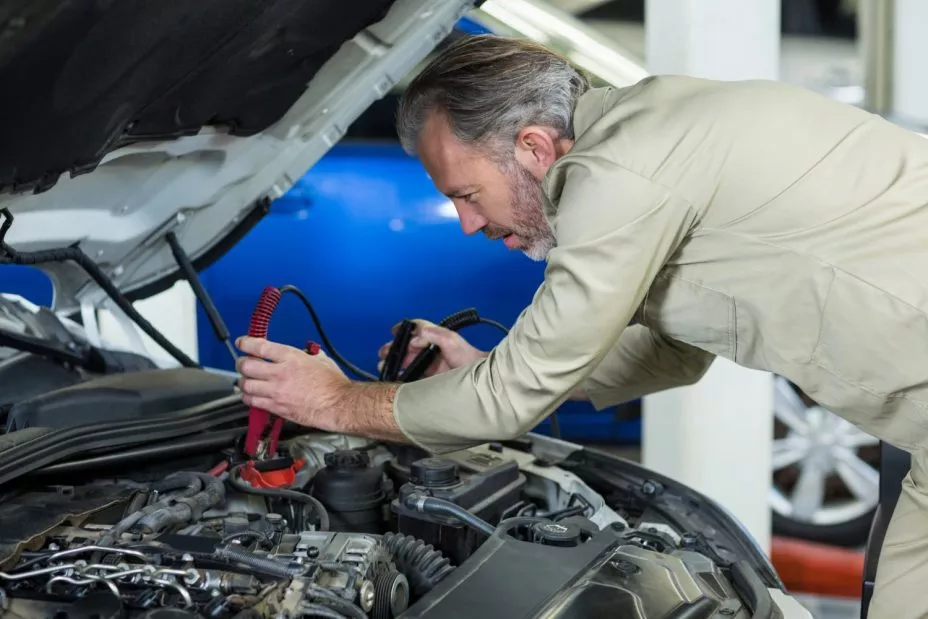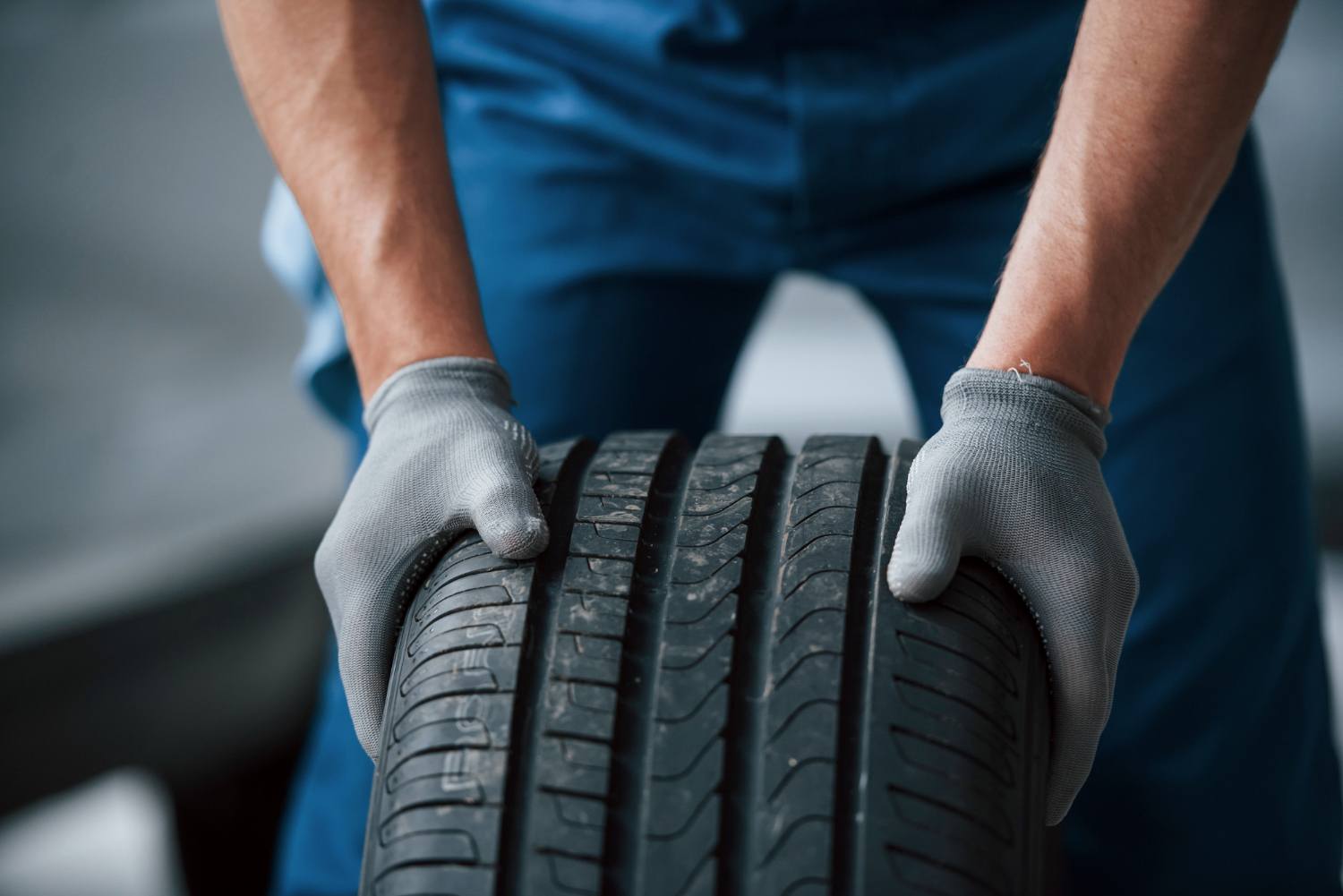What Is The Most Important Maintenance on a Car?
What Is the Most Important Maintenance on a Car?
Several different parts have to work in unison for a car to work. The engine alone has an average of 200. That gives you an idea of how complex the machine is. That is why maintenance is a vital issue for any car owner.
Your insurance should cover most of what you need. However, there would be various inclusions depending on your plan and provider. Carchex reviews of their titanium plan include everything from the engine to the suspension, except damages caused by neglect.
This means you have to perform proper car maintenance yourself. Here are the most important ones.
Maintaining Your Tires
Ensure that your tires are in good working order. That affects both the safety of the car and its performance. There are several things you have to do about this.
The most common check you will have to do is on your tire air pressure. Ideally, you do this every other time you stop for gas since refilling stations also have the tools for you to check and inflate your tires.
First, take note of what your tire pressure should be. That is indicated on the car user manual. You can also look for it in the driver-side panel.
Next, input the pressure into the pump. Remove the cap of the tire valve. Connect the hose from the gauge to the valve. It would then inflate your tire to the indicated pressure. If the tire is overinflated, it will remove some air instead.
Another thing to be wary about with your tires is their tread life. While most tires have about 50,000 miles of life on them, it never hurts to check once in a while. The simplest way is to do the penny test.
Grab a penny and insert it into the tire groove with Lincoln’s face upside down and facing you. If his entire head is visible, it is time to change tires.
Tires today have indicator bars built into them located at the bottom of tread grooves. If they become level with the adjacent ribs, it is time to replace them.
Whenever you check your tires, make sure to include the spare one too. That way, it would be in good working condition once you use it.
Changing Your Car Fluids

Your vehicle consumes other liquids aside from the fuel you put into it. That includes engine oil, transmission fluid, braking fluid, coolant, and many more. Your car would have specific indicators for each of these.
Your engine oil is specifically important to check and maintain. That is responsible for protecting the different parts of the engine from friction. If you are low on oil and continue running the car, the engine could get damaged.
When you open your car hood, there should be a dipstick indicated by an icon or the word oil. Pull this out and wipe it clean. Place it back inside, making sure to go all the way in. Pull it back out slowly, keeping it pointing down. Check that the end of the oil mark is above or below the indicator. If it is the latter, then you need to add oil.
Other car models would also have indicators for low fluids. If they light up, take care of it immediately to avoid larger problems.
Checking Your Battery

The battery is responsible for many things in your car, including starting it when you turn the ignition. However, a dead battery can sneak up on you without any symptom or warning sign. That can leave you stranded in the middle of nowhere.
Car batteries can last two or three years, depending on the use. To be safe, check your battery life when checking your oil level. The hood is already open anyway, so you might as well do it.
You can use either a voltmeter or a power probe to see how much voltage the battery still has. Either way, the steps are relatively the same.
Turn the ignition off first. Next, remove the terminal covers. Wipe the terminals clean. Connect the positive voltmeter to the positive terminal and the negative voltmeter to the negative side.
If the voltage is between 12.4 to 12.7 volts, the battery is still in good condition. If it is just a bit lower, you can try to trickle-charge the battery and then re-check. On the other hand, you can turn on the high beams to remove the excess.
Checking the different parts of your car may seem mundane and time-consuming. But by doing these simple checks, you can avoid costly repairs and unforeseen hassles.
About the Author
Tech Guy
Automotive enthusiast, passionate about Jeeps, hot-rods, turbos, performance, efficiency, diesels, fuels, high performance oils, additives and anything with an engine.


